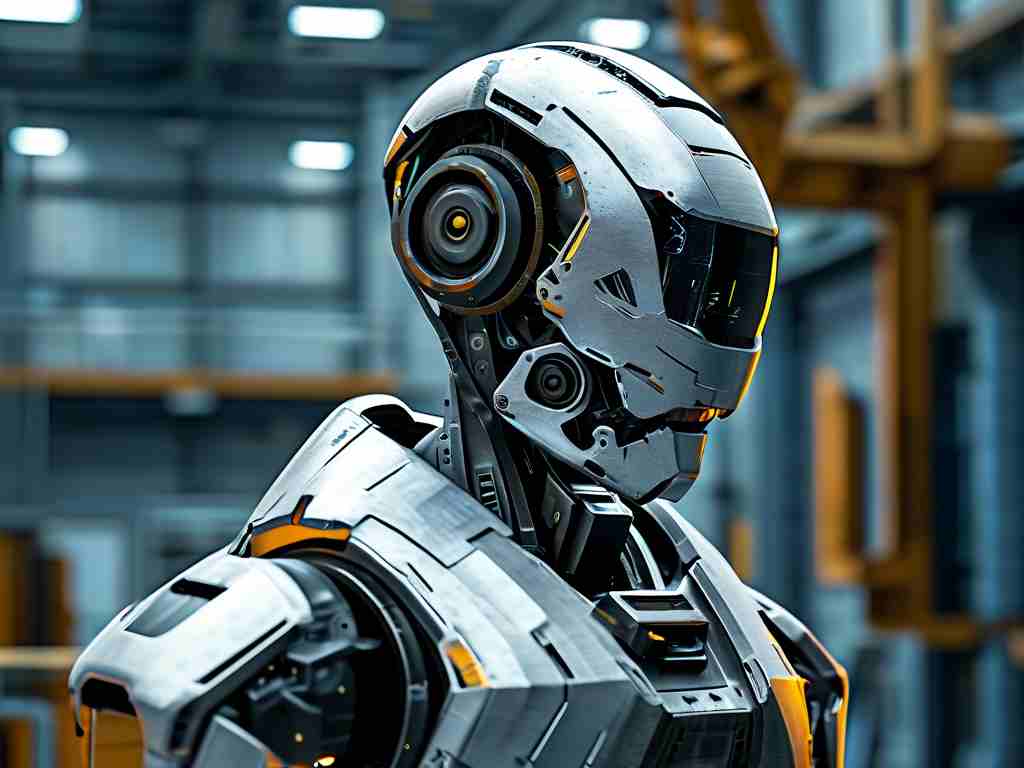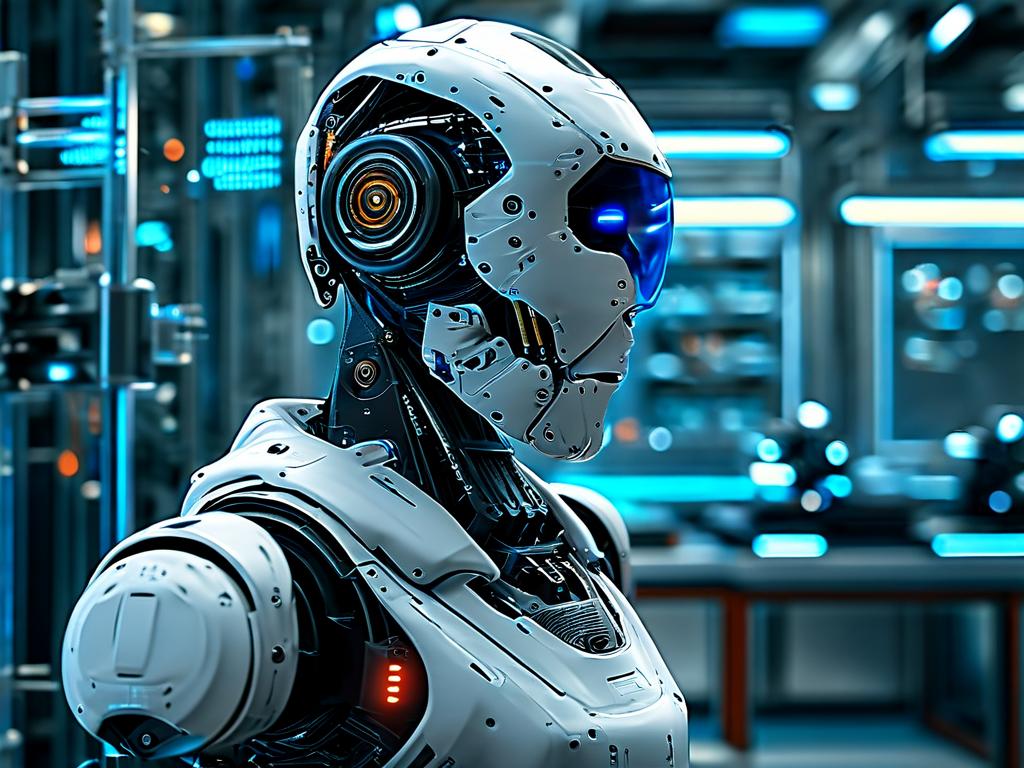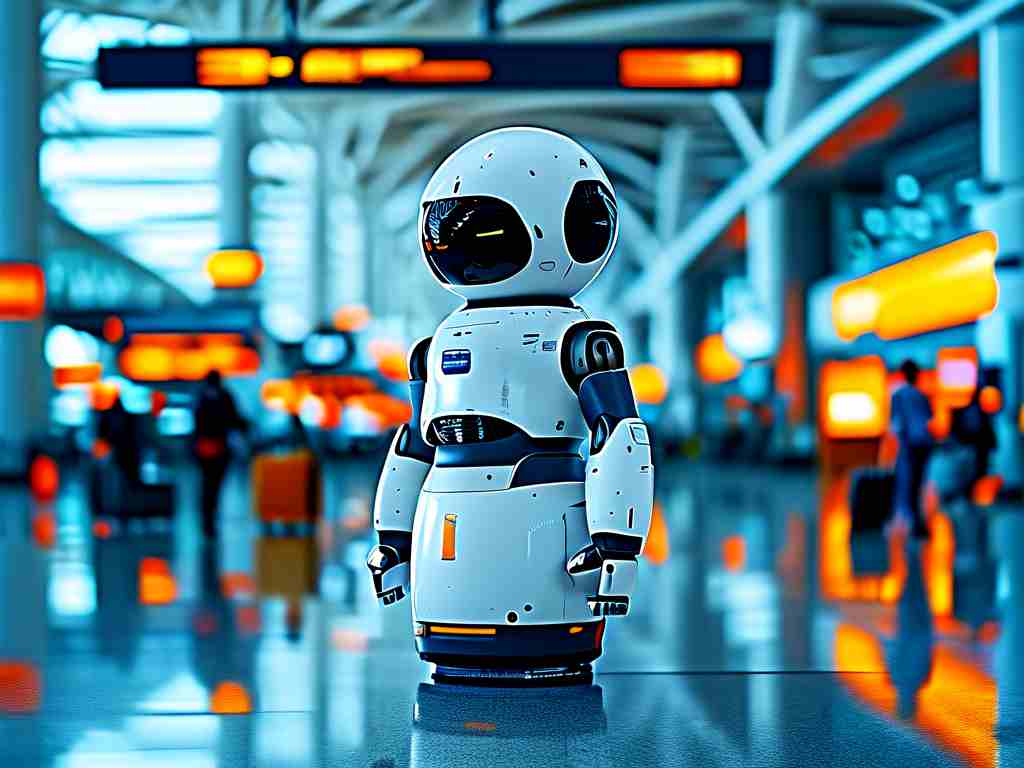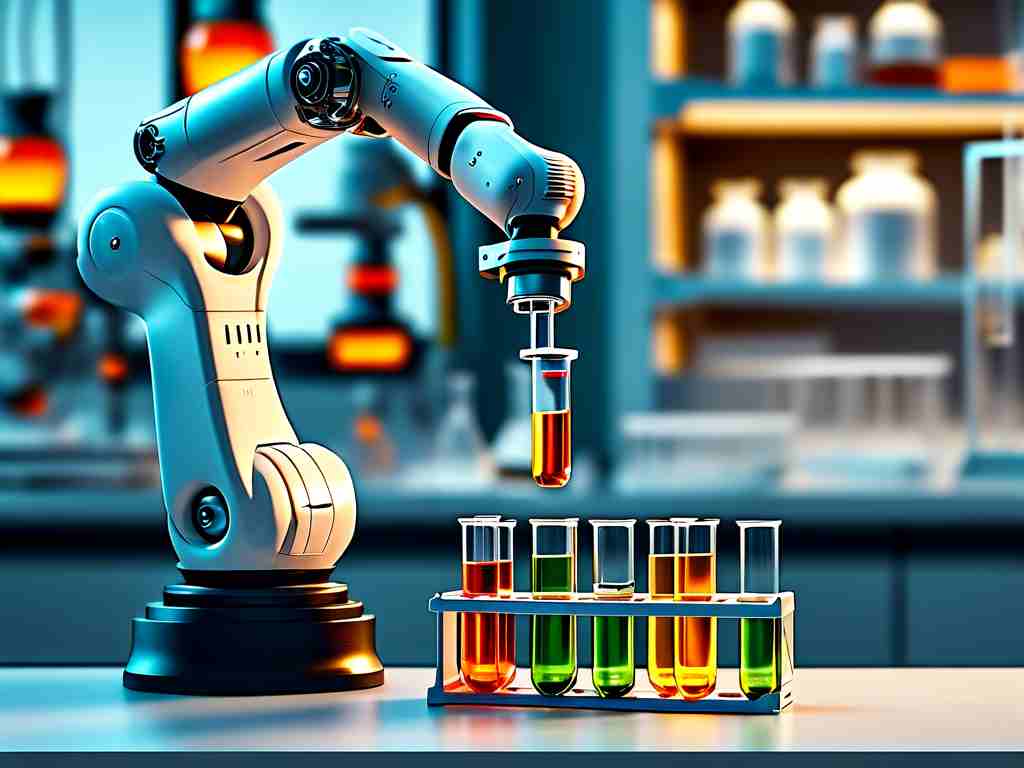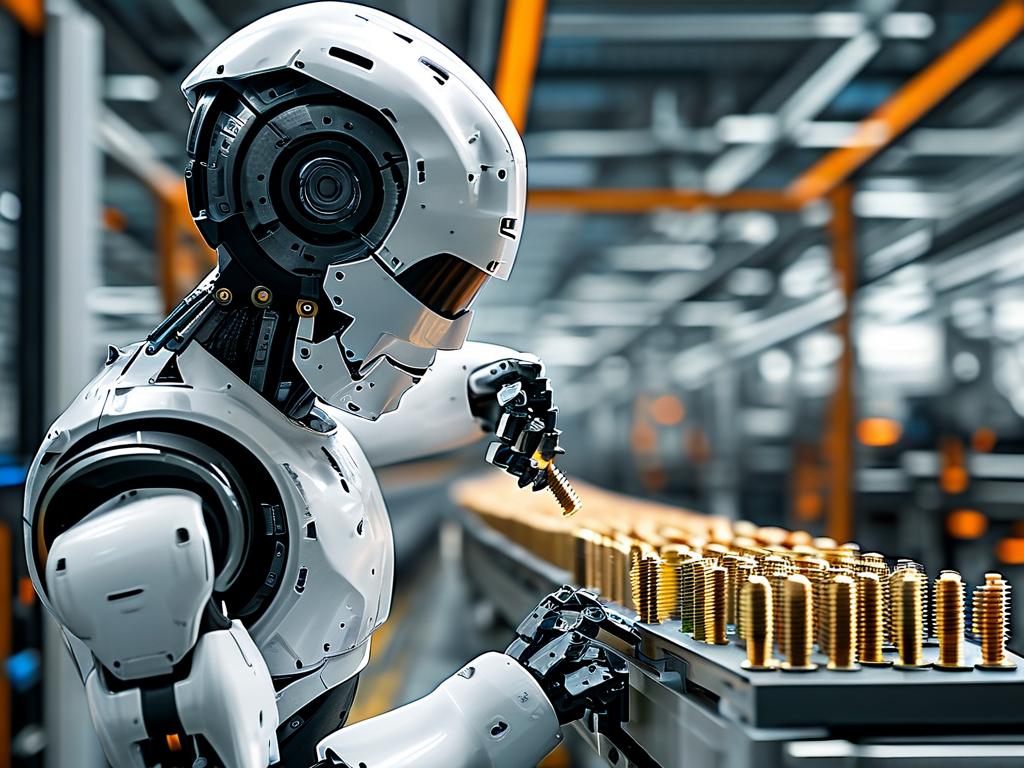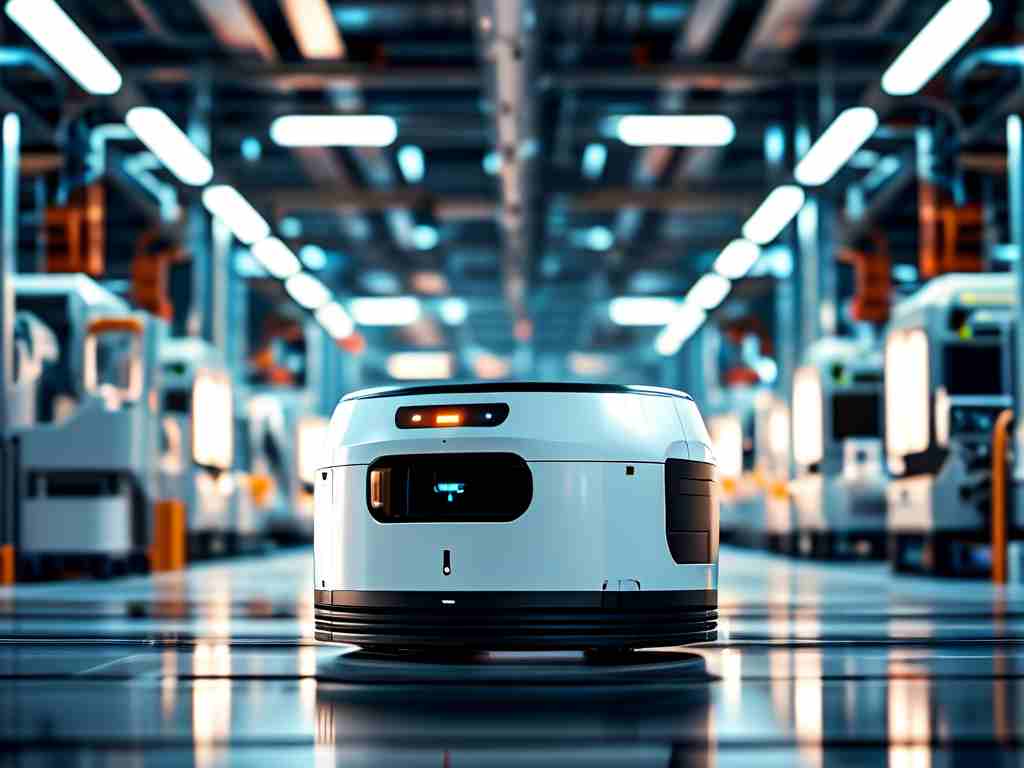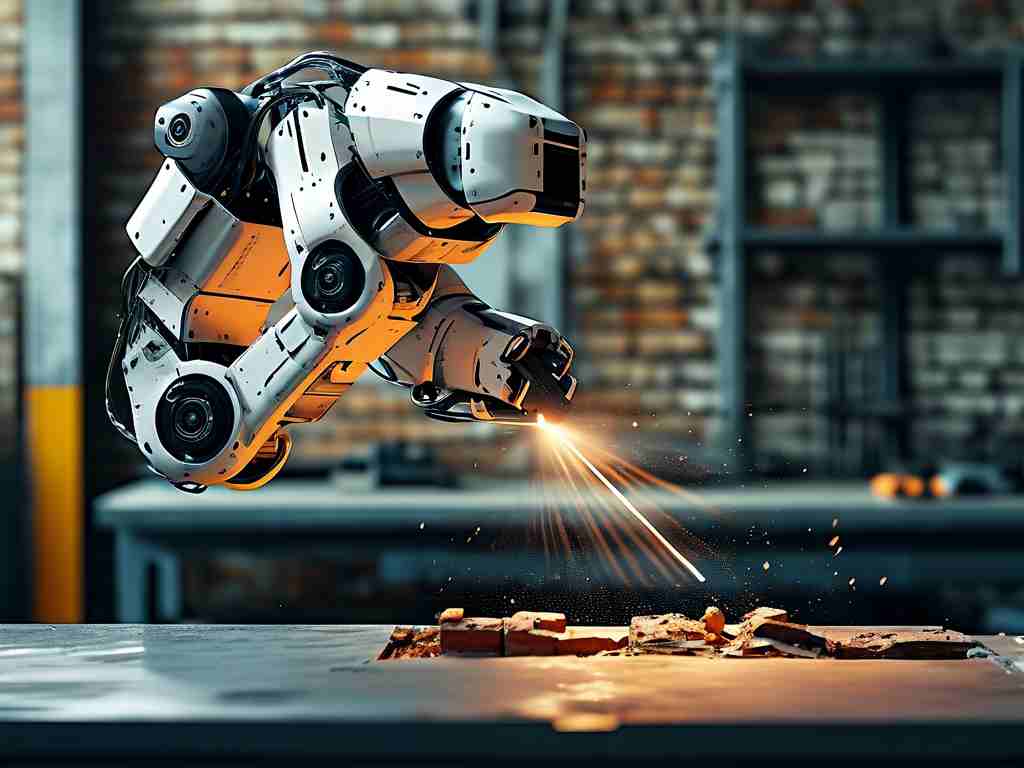The culinary landscape is witnessing a groundbreaking shift as robotic noodle cooking systems emerge in commercial kitchens and household appliances. This innovation combines precision engineering with gastronomic expertise, redefining how one of humanity's oldest staple foods is prepared.

At the core of this technology lies a multi-jointed robotic arm equipped with thermal sensors and dynamic torque control. Unlike traditional cooking methods, these systems analyze noodle texture in real-time using hyperspectral imaging – a technique borrowed from aerospace quality control. A restaurant in Osaka recently demonstrated this by programming their robot to distinguish between ramen, udon, and soba noodles through subtle variations in surface reflectivity.
Water temperature management reaches unprecedented accuracy with these systems. The Shanghai Institute of Food Robotics published data showing a 0.2°C variance maintained throughout cooking cycles, compared to the 4-5°C fluctuations common in manual operations. This precision prevents starch overgelatinization – the technical term for mushy noodles – while ensuring consistent al dente texture.
Commercial kitchens report notable efficiency gains. A ramen chain in Tokyo reduced noodle preparation time by 37% after implementing robotic cookers. The machines handle simultaneous boiling of multiple noodle types through compartmentalized tanks, each with independent temperature and timing controls. During peak hours, this allows a single unit to produce 120 bowls per hour while maintaining portion accuracy within ±3 grams.
Home appliance manufacturers are adapting this technology for consumer use. Whirlpool's prototype "NoodleMaster 3000" integrates with smart home systems, allowing users to schedule noodle cooking through voice commands. The device's self-cleaning function addresses a common pain point – its rotating brush mechanism scrubs starch residue using food-grade silicone bristles that mimic human wrist movements.
Critics argue about the technology's limitations. Chef Lorenzo Ricci of Michelin-starred Ristorante BuonItalia notes: "While robots excel at repetition, they can't replicate the intuitive adjustments master chefs make based on humidity or flour batch variations." However, developers counter that machine learning algorithms now process environmental data from 14 different sensors to simulate these adjustments.
The nutritional aspect presents unexpected benefits. Researchers at Singapore's Food Innovation Lab found robot-cooked noodles retain 18% more thiamine (vitamin B1) compared to manual methods due to optimized thermal exposure. This discovery could influence dietary programs in healthcare facilities where precise nutrient retention matters.
Looking ahead, companies are exploring cross-industry applications. A collaboration between robotics firm Kuka and chemical giant BASF aims to develop "smart noodles" embedded with pH-sensitive markers. When cooked by compatible machines, these noodles change color at ideal doneness points – a potential game-changer for allergen-sensitive consumers.
As the technology matures, ethical considerations emerge. The International Culinary Workers Union reports 23% of commercial kitchen staff now require retraining to operate robotic systems. Conversely, new maintenance technician roles are emerging, with vocational schools in South Korea launching specialized certification programs.
From street food stalls to five-star restaurants, robotic noodle cooking demonstrates how tradition and technology can coexist. While purists may mourn the loss of "human touch," the combination of scientific precision and culinary artistry promises to elevate this ancient comfort food into a new era. As these systems become more accessible, the familiar question "How do you like your noodles cooked?" might soon be answered not by chefs, but by algorithms.


